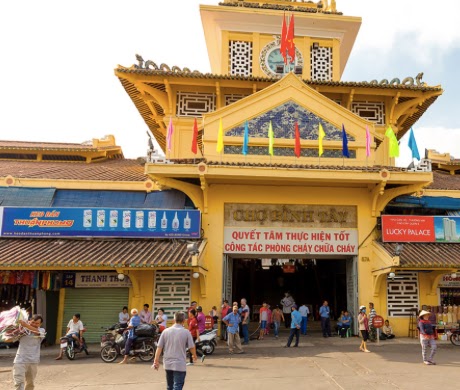On my return from the Sumo Wrestlers and Tea Ceremony, I was curious to know the whereabouts of Molly and my cheque I left behind.
I had left the situation in the capable hands of my first born. My daughter had some good news and some bad news to tell me. I asked for the good news first.
Wally showed up as expected along with cleats, ropes and a saw. He positioned himself close to Molly and threw a rope over the branch above her. Tying the loose end to the branch Molly was clinging to, he proceeded to saw the branch. Wally then lowered Molly attached to the branch to the ground and that being the good news.

The bad news was that she jumped off the suspended branch and disappeared back into the woods. Before that, he asked my daughter to hold out her hand and when she did, Wally pulled out his hearing aids and placed them securely in the palm her hand. Also, he had cashed the cheque, but he never guaranteed success.
The next step was to place a small animal trap behind the property. I had rented one for a few day and set some yummy tuna inside. The trapper advised me to check the trap consistently as you can not hear it when the door falls shut.

I did listen to a ruckus and upon checking found a hissing unfamiliar cat that I had never seen before who thoroughly enjoyed the tuna. I released it and kept checking the trap for Molly. After a few unsuccessful days, I returned the trap.
A few nights later I woke up during the evening and vaguely heard a cat meowing. Wasn’t sure whether I dreamed or not, but then I heard it again. I quickly ran downstairs and checked outside and found a very skinny Molly begging to come inside. She was dirty and a wound on her tail, something similar to the one on my hand.
I gently invited her inside and quickly shut the front door behind her. She was delighted to be home and was doing cartwheels going up the stairs.

I gave her a little bit of food and water and woke my daughter with the good news and Molly cuddled up to her.
A few months later she escaped once more and we never saw her again.
Spooky, replaced Molly, who then replaced Akebono.


















































